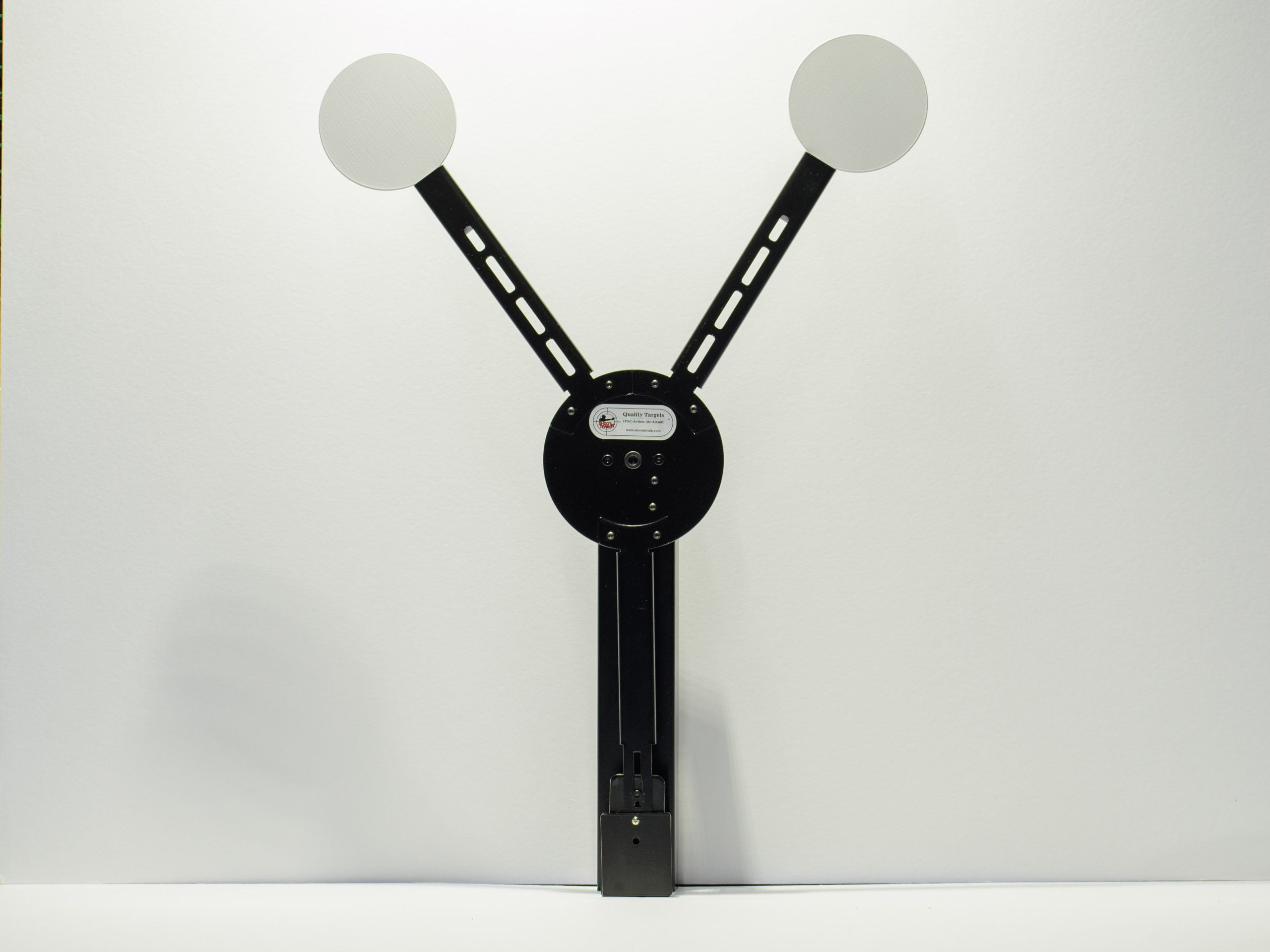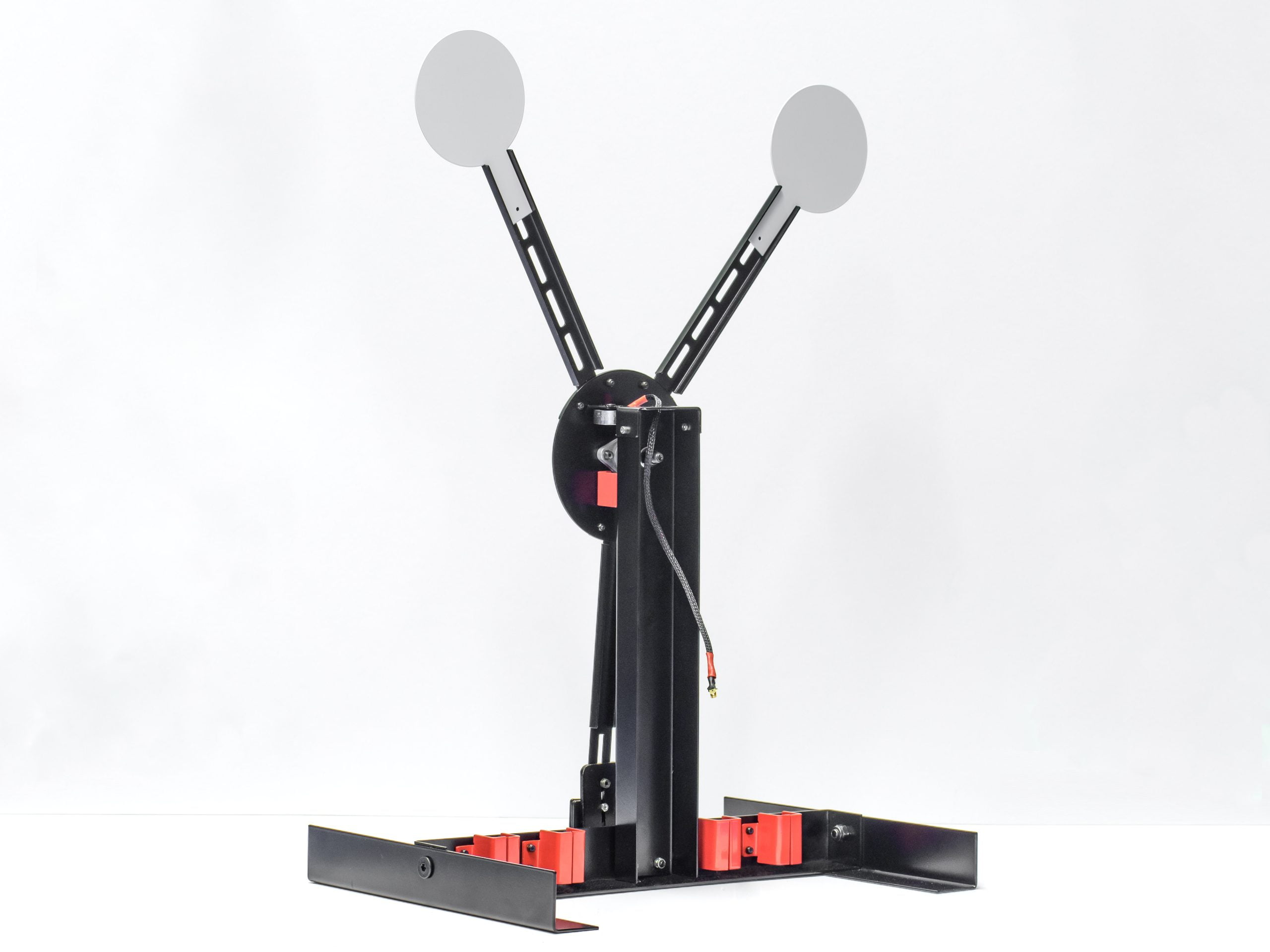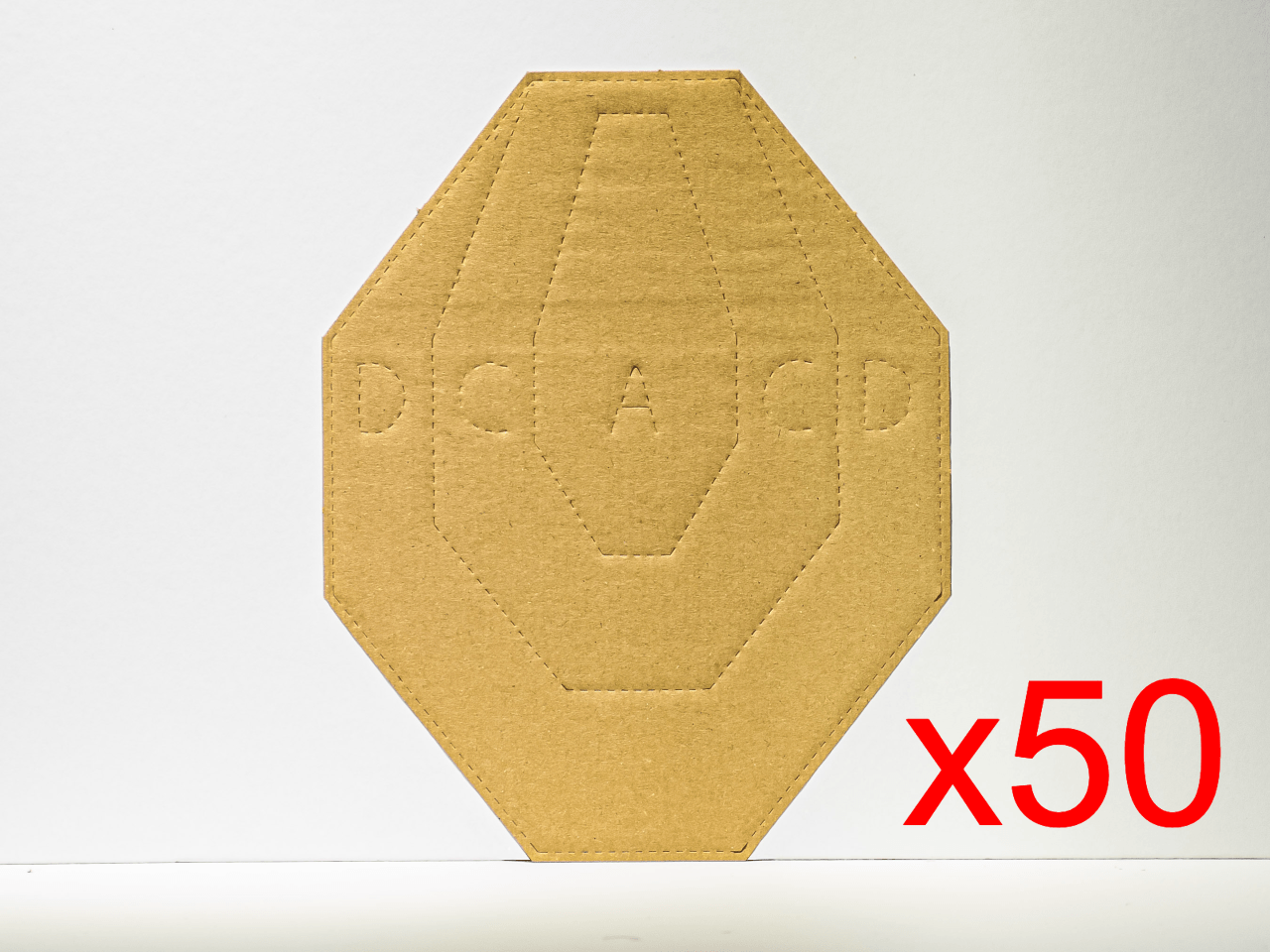
Dominating Moving Targets: Advanced Strategies for IPSC Training
Introduction
In IPSC action air swinger targets best Shoot N' Train (International Practical Shooting Confederation) competitions, shooters are challenged to engage various kinds of targets while moving through a course of fire. These moving targets add an additional level of trouble and require advanced techniques to dominate. In this article, we will check out the methods, devices, and state of mind needed to excel in shooting IPSC moving targets. Whether you are a skilled rival or a beginner seeking to enhance your abilities, these techniques will assist you navigate the difficulties postured by moving targets.
Conquering Moving Targets: Advanced Techniques for IPSC Training
Understanding the Various Kinds Of IPSC Targets
Before diving into innovative methods, it is important to have a solid understanding of the different kinds of IPSC targets. There are two main classifications: stationary and moving targets.
Stationary Targets
Stationary targets are repaired in one position throughout the course of fire. These can include IPSC cardboard targets or steel plates. Shooters have the advantage of having the ability to take their time to objective and engage these targets with precision.
Moving Targets
Moving targets, on the other hand, provide a vibrant difficulty. These can consist of poppers, swingers, or bobbers that move horizontally, vertically, or in unpredictable patterns. Shooters need to rapidly evaluate the target's movement and change their objective accordingly.
Choosing Quality IPSC Targets
To efficiently train for shooting moving targets in IPSC competitions, it is necessary to buy premium IPSC targets. Shoot N' Train provides a range of resilient and realistic IPSC cardboard targets developed specifically for training purposes. These targets offer shooters with a sensible representation of the challenges they Best targets for airsoft guns Shoot N' Train will come across on the competitors field.
Developing Speed and Accuracy Techniques
Mastering Sight Picture-- Accomplishing a consistent sight picture is important when engaging moving targets. This involves aligning the front and rear sights properly and focusing on the front sight for ideal accuracy.
Tracking the Target-- To effectively engage moving targets, shooters must find out to track the target with their eyes while maintaining proper sight positioning. This permits faster target acquisition and engagement.
Lead and Timing-- Forecasting where the target will be when the bullet reaches it is key to hitting moving targets accurately. Establishing a sense of lead and timing features practice and experience.
Dynamic Shooting Positions-- Moving targets frequently require shooters to engage them from vibrant shooting positions, such as while moving, rotating, or transitioning between several targets. Practicing these positions throughout training will assist build muscle memory and enhance total performance.
Trigger Control-- Keeping correct trigger control is important for accurate shots on moving targets. Shooters need to concentrate on smooth, regulated trigger presses without interrupting their sight picture.
Shot Calling-- Developing the ability to call your shots accurately is important in IPSC competitions. This includes being aware of where your shots are landing as you engage moving targets, permitting you to make changes if necessary.

Equipment Factors to consider for IPSC Moving Targets
When it pertains to shooting moving targets in IPSC competitions, having the ideal equipment can significantly impact your performance. Here are some considerations:

Firearm Selection-- Choose a firearm that uses excellent ergonomics, recoil management, and dependability. Choose a pistol chambered in a caliber suitable for IPSC competitions.
Optics or Iron Sights-- While iron sights are commonly utilized in IPSC competitions, some shooters prefer red dot sights or holographic optics for faster target acquisition on moving targets.
Magazine Capacity-- Guarantee your firearm has a sufficient magazine capacity to reduce reloads during stages with multiple moving targets.

Holster and Magazine Pouches-- Purchase a quality holster and publication pouches that enable quick and protected access to your gun and spare magazines.
Frequently Asked Concerns (Frequently Asked Questions)
Q: What is the best way to practice shooting moving targets?
A: The best way to practice shooting moving targets is through devoted training sessions that replicate reasonable IPSC situations. Include a range of moving target types, ranges, and shooting positions into your training routine.
Q: How can I improve my precision on moving targets?
A: Improving accuracy on moving targets needs a combination of correct strategy, practice, and experience. Focus on mastering sight photo, tracking the target with your eyes, and establishing lead and timing skills.
Q: Must I utilize various ammunition for shooting moving targets?
A: It is suggested to utilize ammo with a lighter bullet weight when engaging moving targets. Lighter bullets tend to have less recoil, enabling faster follow-up shots and better target tracking.
Q: Can dry-fire practice assist with shooting moving targets?
A: Yes, dry-fire practice can be beneficial for enhancing shooting abilities on moving targets. Focus on practicing sight Shoot N' Train ipsc moving targets training alignment, trigger control, and target tracking without live ammunition.
Q: Are there any specific drills I can incorporate into my training for shooting moving targets?
A: Yes, there are various drills you can include into your training. One popular drill is the "Swinger Drill," where you engage a swinging target while transitioning between multiple static targets.
Q: How essential is mental preparation when shooting moving targets?
A: Mental preparation plays a considerable role in shooting moving targets. Developing focus, concentration, and the capability to rapidly adjust to altering situations will considerably enhance your performance.
Conclusion
Conquering moving targets in IPSC competitions needs sophisticated strategies, precise methods, quality equipment, and dedicated training. By comprehending the various types of IPSC targets, mastering speed and precision strategies, picking quality IPSC targets, and investing in the ideal devices, shooters can enhance their efficiency and raise their abilities to new heights. With practice, determination, and a concentrated state of mind, you can dominate the challenges postured by moving targets and master IPSC competitions. So prepare, train hard, ipsc targets and go for success in your next IPSC match!